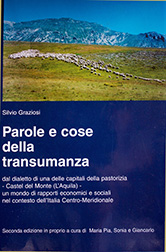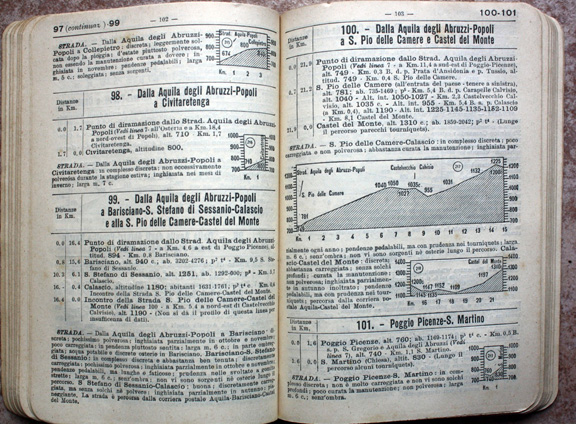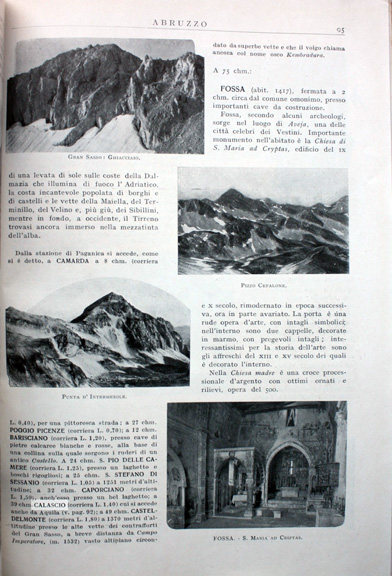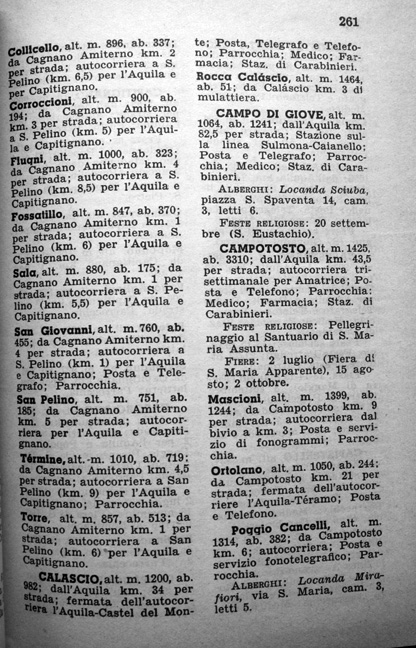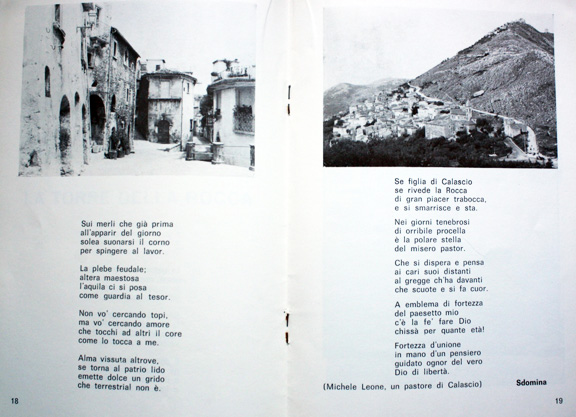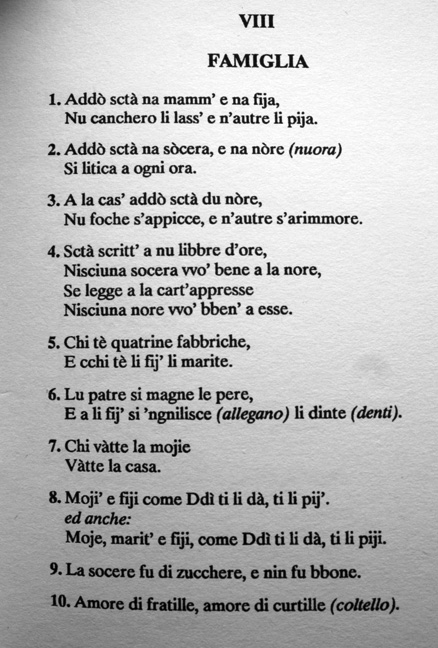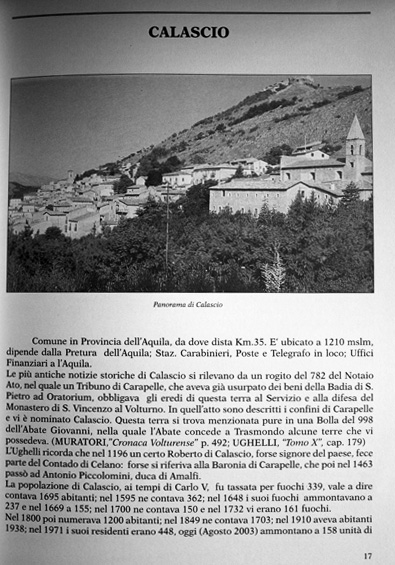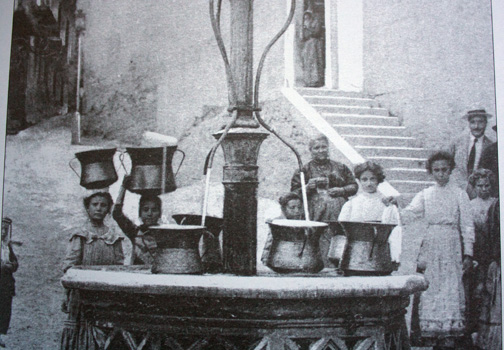Publications
Craven, K. R. (1838). Excursions in the Abruzzi and northern provinces of Naples. London: R. Bentley.
Keppel R. Craven’s book was published in two volumes. While there is no mention of Calascio, its coverage of life in early 1800s Abruzzo is extensive. Today, this book is a collector’s item and rarely offered for sale.
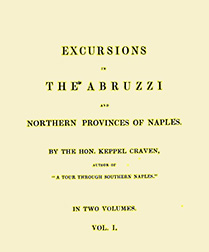
Lear, E. (1846). Illustrated excursions in Italy. London: T. M’Lean.
Edward Lear was an English travel writer, poet and illustrator of the 19th century. Lear’s multi-volume work on his travel in Italy includes a large portion of content about the Abruzzi. His commentary on Calascio is not encouraging but he did write about many other towns in Aquila Province in a more favorable light. Here are the places he visited and mentioned in this book:
Route 1: Frascati – Gallicano – Guadagnolo – Carsoli – Tagliacozzo – Capelle [Cappelle] – Avezzano – Luco [dei Marsi] – Trasacco – Celano – Goriano Sicoli – Raiano – Sulmona – Popoli – Corfinio – Chieti – Pescara – Penne – Montebello [di Bertona] – Villa S. Lucia – Calascio – Rocca San Stefano [Santo Stefano di Sessanio] – Barisciano – L’Aquila – Antrodoco – Civita Ducale [Cittaducale] – Rieti.
Route 2: Rieti – Civita Ducale – Antrodoco – Sant’Anatolia – Tagliacozzo – Magliano – Alba Fucens – Avezzano – Civita D’Antino – Canistro – Pesco Canale – Capistrello – Celano – San Potito – Sant’Iona – San Benedetto [dei Marsi] – Ortucchio – Pescina – Ortona [dei Marsi] – San Sebastiano –Scanno – Villalago – Anversa – Cocullo – Sulmona – Rocca Casale – Pettorano – Castel di Sangro – Pizzoferrato – Gamberale – Montenerodomo – Gesso di Palena [Gessopalena] – Casoli – S. Eusanio [del Sangro] – Lanciano – Tollo – Miglianico – Cepagatti – Abbadessa [Villa Badessa] – Penne – Atri – Isola [del Gran Sasso] – L’Aquila – San Vittorino – Montereale – Catignano [Capitignano] – Mopolino – il Cicolano – Tufo – Pietrasecca – Carsoli – Riofreddo – Tivoli – Frascati.
Route 3: Roma – Rieti – Civita Ducale – Antrodoco – Leonessa – Catignano [Capitignano] – Amatrice – Mopolino – L’Aquila – Civita di Bagno – Fossa – Rieti – Roma.
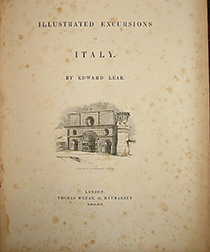
Bertarelli, L. V. (1904). Abruzzi e Molise. Milano: Touring club italiano.
This is a pocket guide for Abruzzo tourism and hiking and was published in the early 20th century. Calascio is cited as having a population of 1,631 to 1,761 people. Of interest are graphs showing the inclination of hills along selected hiking routes. The route to get to Calascio takes the hiker 16 km from the road in the valley that goes between L’Aquila and Popoli through Barisciano, to Santo Stefano di Sessaino and on to Calascio. From there the path takes the hiker on the road to San Pio delle Camere/Castel del Monte. Of interest are descriptions of the improved inghiaiata (graveled) roads in the autumn and the unimproved roads around Calascio.
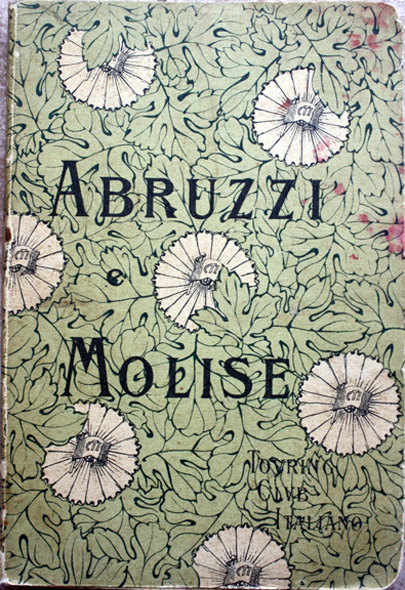
Macdonell, A. (1908). In the Abruzzi. London: Chatto & Windus.
Anne MacDonnell and her artist companion Amy Atkinson were from England. In 1907, they journeyed into Abruzzo, a largely unknown section of Italy at the time. Their leave from Rome by train and the arduous travel (by horse and carriage) into Central Italy is quite interesting. Although Calascio is not specifically mentioned, the illustrations by Atkinson and the commentary by MacDonnell are quite a read today. The book is out of print but can be available via Internet purchase on several websites.
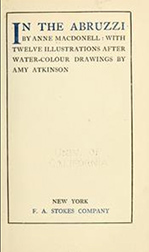
Gruppo Ferrovie dello Stato Italiane (1910). Abruzzo. Milano: Capriolo & Massimo.
A lovely early 20th century book provided by the State Railroad of Italy and Touring Club of Italy. Calascio is listed among numerous sites to visit in Abruzzo. An interesting highlight is photos of the town of Avezzano prior to the 1915 earthquake that destroyed the city.
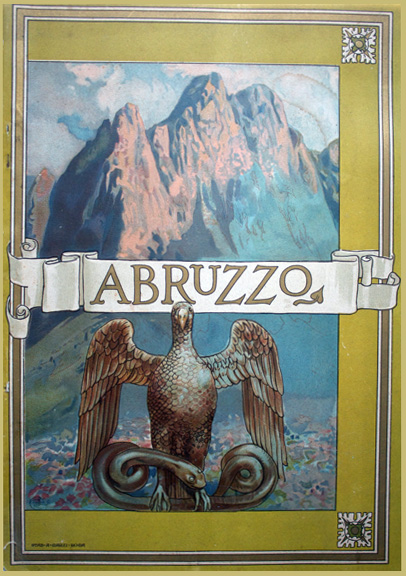
Balzano, V. (1927). La Patria: Abruzzo e Molise. Torino: Unione Tip-Ed. Torinese.
Its lush, detailed cover and attractive image on the front showing women in the traditional costume of the town of Scanno makes this book appealing. Calascio is listed among the sites to visit in Abruzzo. The book is not richly illustrated but instead rather verbose in its detailed descriptions about villages and the routes to get to them.
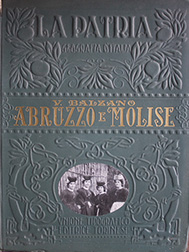
Canziani, E. (1928). Through the Apennines and the lands of the Abruzzi. Boston: Houghton.
Estella Canziani was an Englishwoman of Italian heritage. This book is a compilation of her travelogue through the Abruzzi during the late-1920s. Traditional customs, songs, and various ethnographic observations are noted. Her well-documented journey includes a visit to Calascio and interactions with some townsfolk. Although long out of print, original copies are at times offered for sale on the Internet.
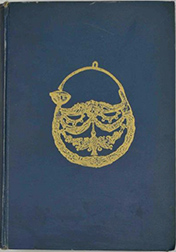
Ente Provinciale per il Turismo (L’Aquila). (1942). L’Aquila e provincia: 167 illustrazioni, 4 piante di città e 1 cartina. L’Aquila: S.A.T.E.T.
This guide provides a look into Abruzzo tourism and hiking during WWII. Even though it was published during the Nazi occupation of Abruzzo, no mention of the war or military activity is discussed. Calascio is cited as having a population of 982 people along with a post office, a telegraph service, church, doctor, pharmacy and a Carabinieri station. La Rocca di Calascio is mentioned as having 3 mule trails and a population of 51 people.
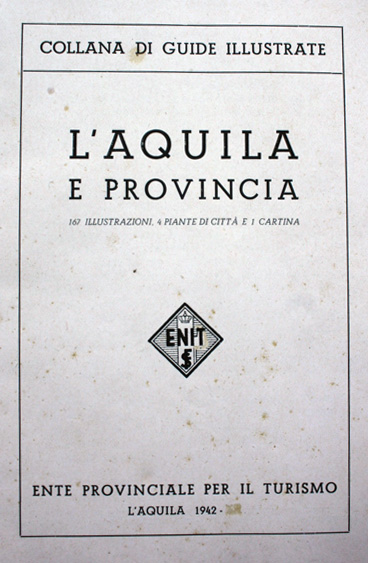
Toor, F. (1953). Festivals and folkways of Italy. New York: Crown Publishers.
Frances Toor was from the United States but lived a portion of her life in Mexico. An anthropologist and teacher by trade, Toor wrote travelogues such as this one on Italy and others on Mexico and South America. She does a nice job covering the Abruzzese town festivals, folk dances, and culture of post-WWII Italy. Calascio is not mentioned in the book but other towns in Aquila province are described.
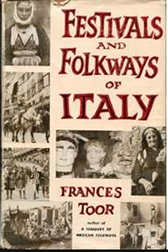
Janni, F., Di Carlo, E. (1971). Calascio e la sua Rocca: una storia senza tempo. Amministrazione Comunale e pro-loco di Calascio, Calascio.
This book was published for a curated photo and history exhibit put-on by the town of Calascio in 1971. Art critic and scholar Emidio Di Carlo of Aquila wrote the text while photos were provided by several sources. Of interest are the photos of the town as it looked in the early 1970s as well as several portraits of townspeople in that era.
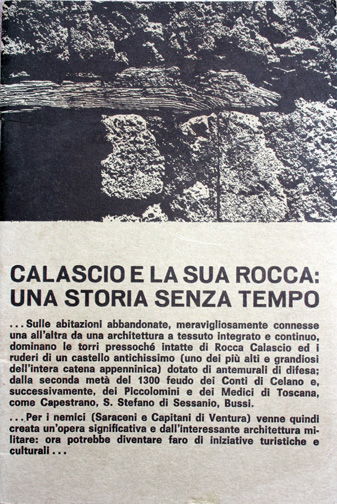
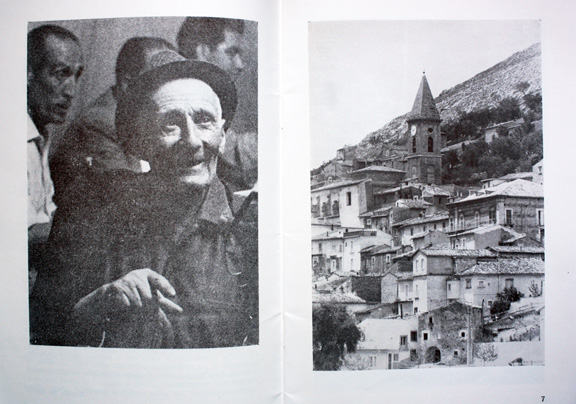
D’Angelo, M. Angoli di Calascio. Self-published work.
Calascio artist Mauro D’Angelo developed this book consisting of his detailed illustrations of the iconic buildings of Calascio. The book is not available for sale to the public as it was a limited edition offered to residents of Calascio and nearby villages.
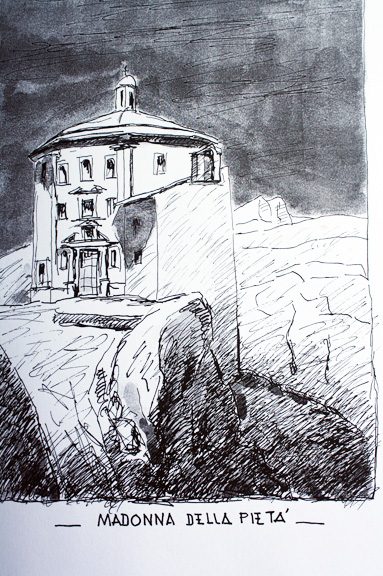
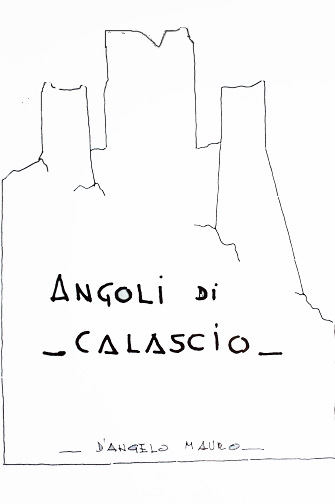
Bruni, T. (1985). Proverbi, modi di dire e sentenze proverbiali abruzzesi: Raccolte dal vivo della voce. Cerchio (Polla Editore, AQ)
The title can be translated as “Proverbs and common Abruzzese sayings collected from the living voice”. This book is reprint of an original work published in Casalbordino, Abruzzo in 1907. The selected text seen here is a poem titled “Family” written in Abruzzese dialect of the southern variant with elements of Neapolitan.
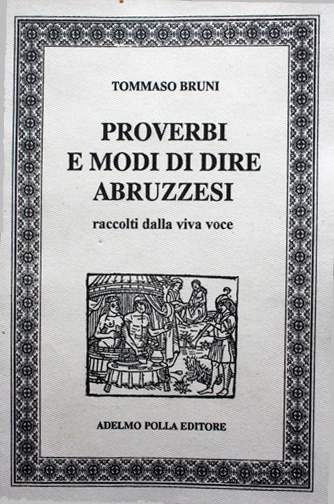
Napoleone, M. (2003). I paesi della Valle del Tirino: Notizie storiche. Italy: publisher not identified.
The author Mario Napoleone writes insightful and short biographies of each village in the Tirino Valley around the province of Aquila. Calascio and Rocca Calascio are highlighted and their histories are richly detailed. The translated title of this book is “Villages of the Tirino Valley: Historical Perspectives”.
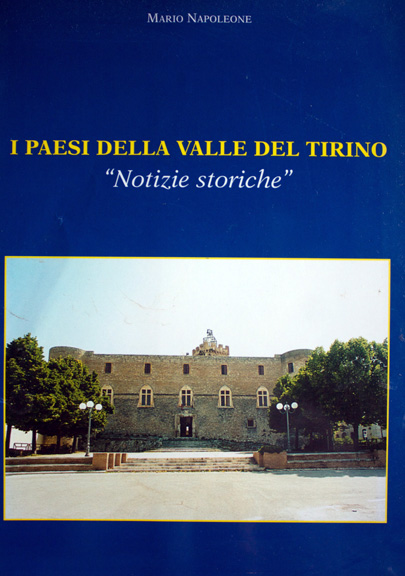
Iezzi, C. (2004). Terre Medicee d’Abruzzo Valorizzazione di un sistema locale. Pescara: Fondazione Terre Medicee d’Abruzzo, stampa 2004.
The translated title of this book is “The Medicean lands of Abruzzo Valorization of a local system”. In this work the author provides short biographies of villages in Abruzzo which were under the Medici family’s control in the late 1500s. Calascio is highlighted in brief along with a nice photo of Piazza Vittoria taken from a postcard from the early 1900s.
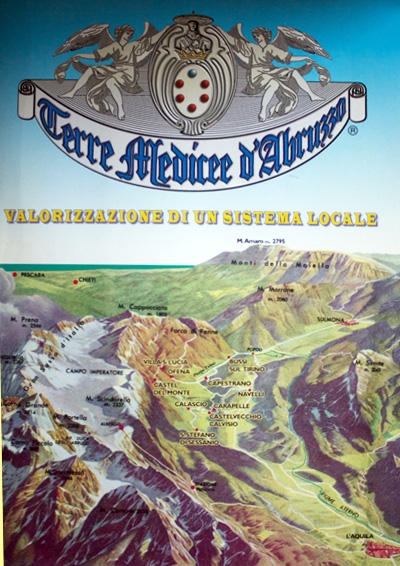
Iocca, M.A. (2008). Microstoria del Paese e della sua Rocca. L. D. Editore, Pescara. Published by Grafikarte.
One of the most comprehensive histories about Calascio is the work by author and graphic artist, Michele Arcangelo Iocca. Born in Calascio, Mr. Iocca spent his formative years in the village and then moved to Rome where he worked as a freelance graphic artist. In retirement, he published this unsurpassed work on the history of Calascio and its people. The title of the book is translated, "Calascio: A Microhistory of the Town and of its Fortress." Text is in Italian.
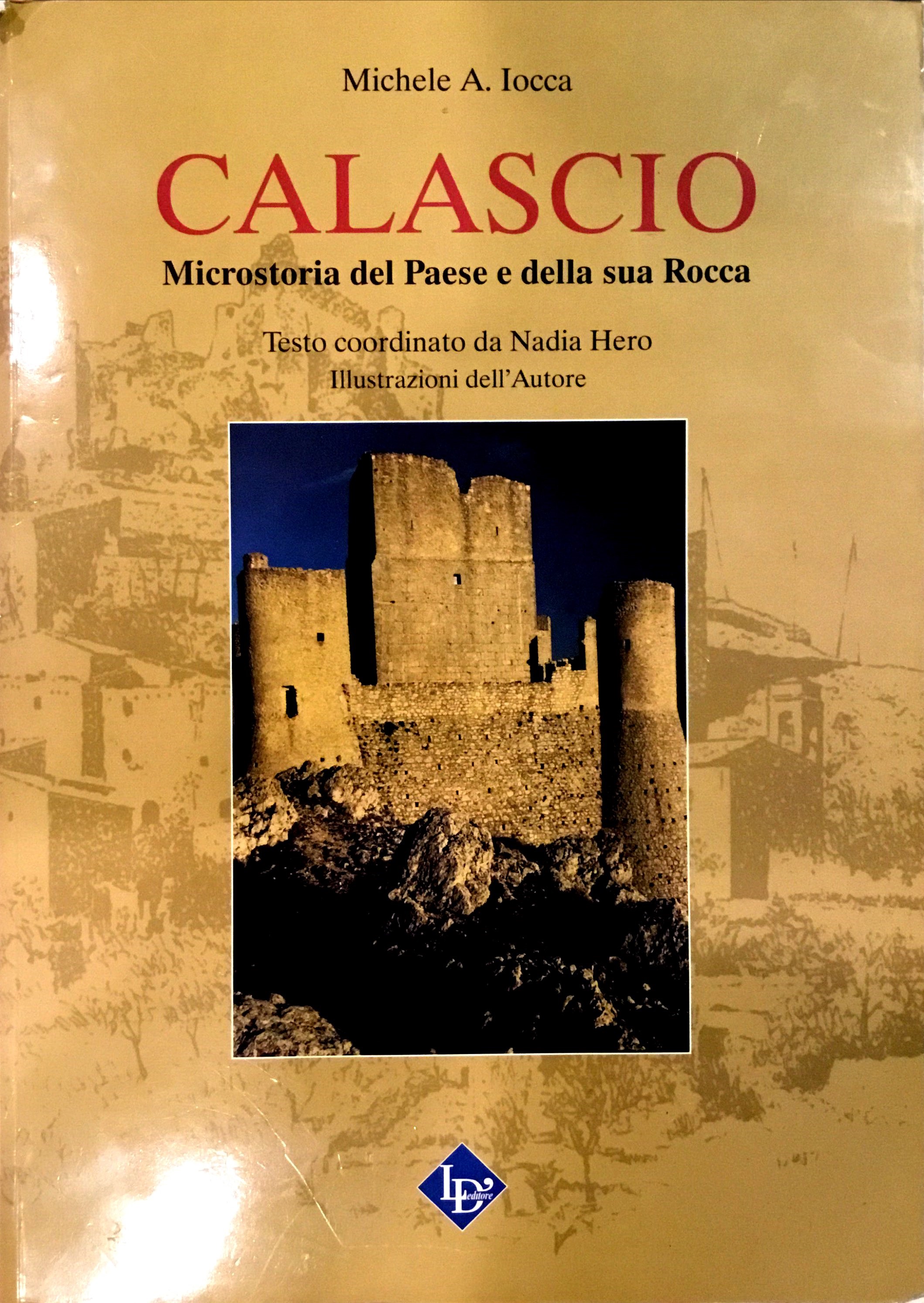
Graziosi , S. (2009). Parole e cose della transumanza dal dialetto di una delle capitali della pastorizia – Castel del Monte (L’ Aquila)- un mondo di rapporti economici e sociali nel contesto dell’ Italia Centro -Meridionale. Maria Pia, Sonia e Giancarlo, Editore.
The translated title of this book is “Words and things of the transumanza from the dialect of one of the capitals of pastoralism – Castel del Monte (L ‘Aquila) – a world of economic and social relationships in the context of Italy’s Central Meridionale.” Retired journalist Silvio Graziosi approaches the subjects of shepherding and transhumance in Central Abruzzo in a scholarly way. Most of the information in this book concerns the village of Castel del Monte but Calascio is mentioned within the context of transhumance in the region.
